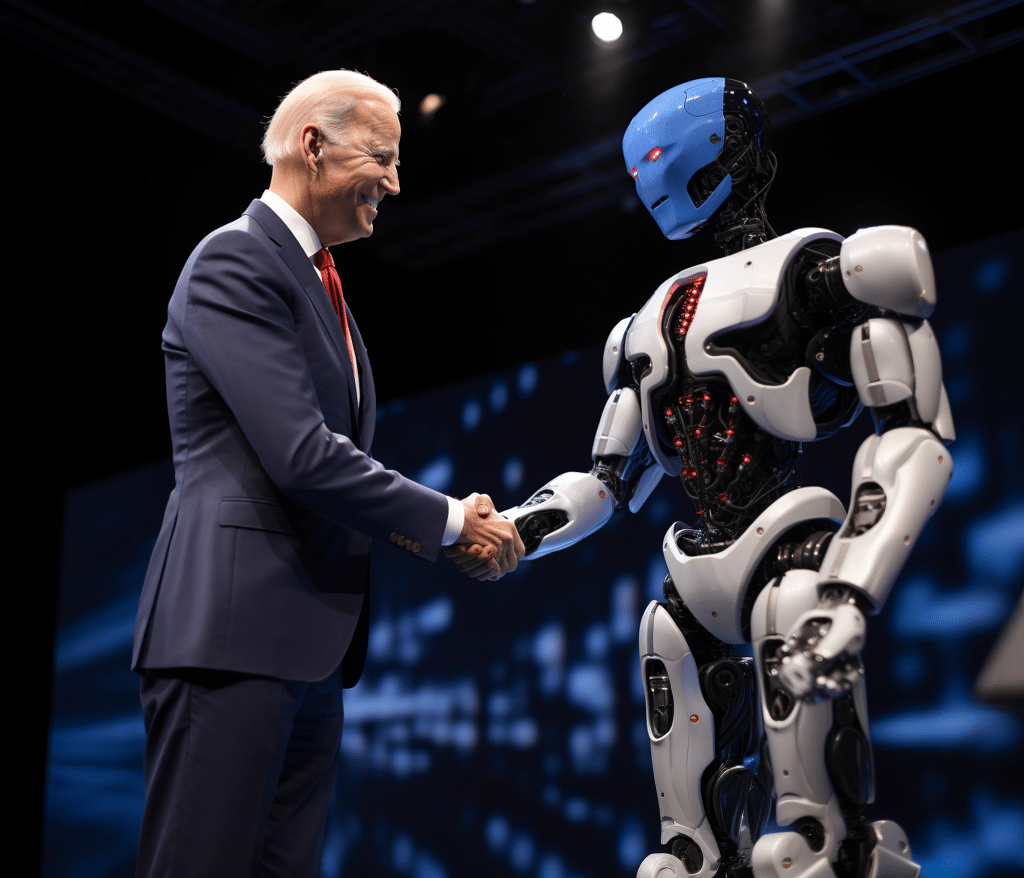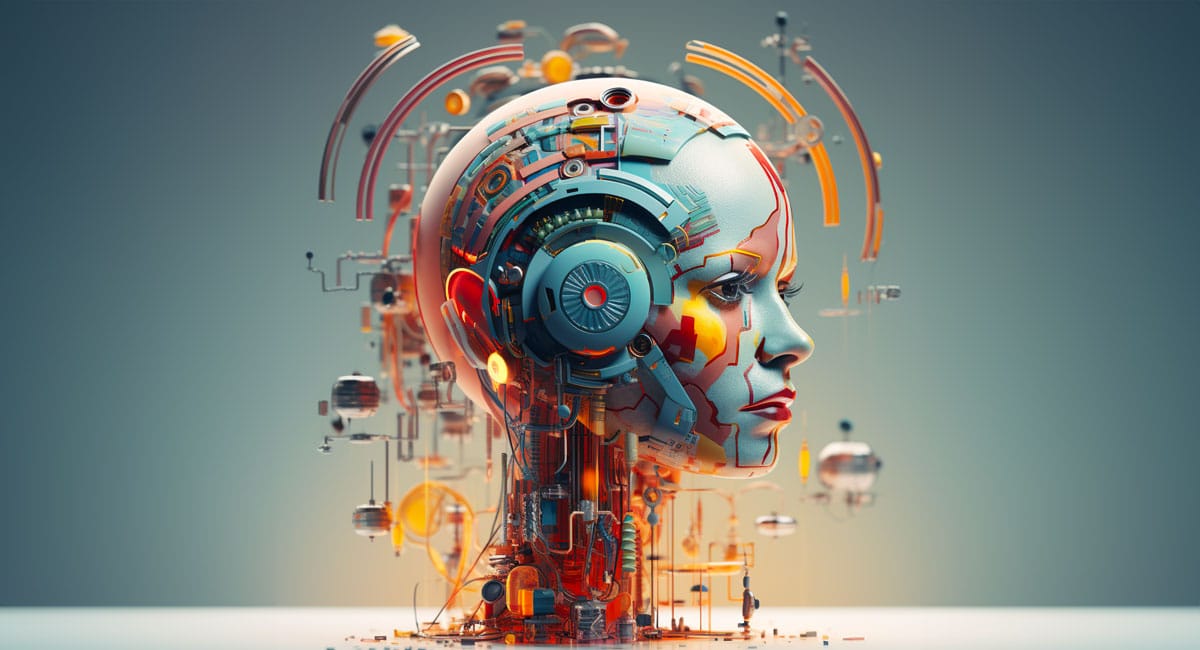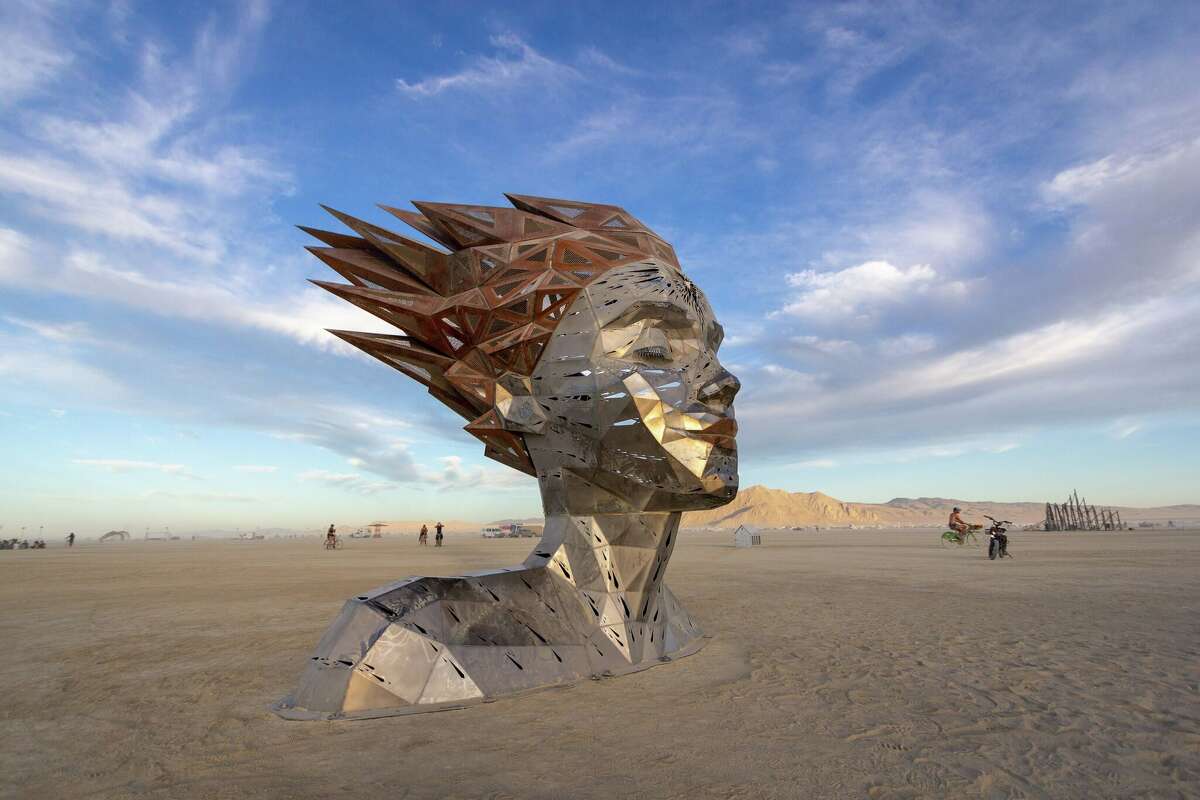In the early 2000s, Silicon Valley was like an untamed frontier. Most young and wide-eyed founders gathered in cramped offices and garages, hunched over glowing screens. They weren’t building skyscrapers or assembling machines. They were crafting code — lines of logic, instructions, and algorithms — that would quietly but profoundly change the world. Few saw the bigger picture at the time. To outsiders, it might have looked like a digital playground, a place for chatrooms, online stores, and social networks. But those founders saw something else: the limitless potential of software to solve problems, big and small.
Today, those ambitions have leaped from the digital world into the physical, reshaping our reality in ways once thought impossible. What started as lines of code in Silicon Valley garages now powers electric cars, connects remote villages to the internet, and delivers products to your doorstep in record time.
This is the story of how a few dreamers turned their ideas into reality — and how their vision sets the stage for a new era of possibility.
When Silicon Valley Was Just a Playground for Dreamers
It was 2004 when Mark Zuckerberg, a college student with a hoodie and a vision, declared: “Our mission is to make the world more open and connected.” At the time, that mission was confined to screens — to friends sharing posts, commenting on photos, and reacting to statuses. It was simple, yet it resonated, and it grew. But what nobody saw was that this was just the beginning. The software mindset — of iteration, constant improvement, and user-centric design — was about to spill over into the world beyond screens.
Back then, building software wasn’t easy. Every feature was a struggle, every update a minor miracle. Startups launched products with the barest of functionalities (MVP), praying users would see the potential. Outsiders scoffed, seeing only a bubble of hype, but those in the trenches learned to iterate quickly, pivot faster, and scale beyond belief. Soon, they realized that the same principles that helped them build digital empires could be applied to real-world challenges, from transportation to space exploration.
When Software Began Powering the Car
For years, Elon Musk had been building software to process payments online, but his eyes were set on something much bigger. He saw a future where software didn’t just live on servers; it propelled cars, powered homes, and even connected planets. His vision became a reality with Tesla. When most of the world still saw electric cars as niche or impractical, Musk had a different perspective. “Tesla is not just a car company,” he said. “It’s an energy innovation company.”
Tesla: Redefining the Automobile
Imagine waking up to find that your car had gotten smarter overnight. That’s the world Elon Musk dreamed of when he launched Tesla and the rest of us saw it come to life. When Tesla began rolling out electric vehicles, traditional automakers scoffed. Electric cars were seen as niche, impractical, a fad. But Musk wasn’t listening to the skeptics. He brought a software mindset, focusing on rapid updates, constant improvements, and scalability. Tesla cars weren’t just machines; they were living, breathing pieces of technology, adapting and evolving in real time, and the world took notice.
Satellites and Stardust, Bringing the Cosmos Down to Earth
Then, there was Starlink. Picture a family in a remote village, miles from the nearest city, huddled around a glowing screen, watching a live video stream for the first time. For them, the internet had always been a distant dream that existed only in faraway cities. But that was before a constellation of satellites, hovering quietly in low-earth orbit, brought high-speed internet to their doorstep.
Elon Musk on Starlink: “We want to connect the unconnected. With Starlink, we aim to bring high-speed, low-latency internet to every corner of the planet.”
Starlink is more than just a collection of satellites; it’s a lifeline, a bridge connecting isolated communities to the rest of the world. It’s about education, healthcare, and opportunity — all made possible because software enabled the impossible: managing thousands of satellites to create a seamless global network.
The Invisible Hand of Algorithms, Weaving Magic Into Supply Chains
While Musk was looking to the skies, Jeff Bezos transformed how the world moved products on the ground. Amazon had grown from a humble online bookstore to a logistics powerhouse, but the real magic wasn’t in the warehouses or trucks but in the algorithms. Bezos saw inefficiency everywhere — in how products were stored, picked, and shipped — and he knew that software could do better. “We’re not in the business of selling books,” he once said. “We’re in the business of making customers’ lives easier.” And make it easier, they did.
Amazon’s Invisible Hand
Think of Amazon as a giant, invisible machine that makes things appear almost like magic at your doorstep. But it’s not magic; it’s software. Algorithms orchestrate a symphony of warehouses, predicting demand, optimizing routes, and coordinating fleets of delivery vehicles. Today, it’s drones, cashier-less stores, and robotic fulfillment centers. But the DNA is the same — iterate, improve, scale. And in that process, Bezos and his team changed the very concept of commerce.
Goggles and Gadgets, As Smart Tech Meets the Mundane
The software revolution didn’t stop at the big, bold projects. It started finding its way into the small, everyday tools we use. Take Meta’s vision of augmented reality glasses. Imagine walking down a busy street, your glasses highlighting the nearest coffee shop, translating foreign signs, and showing directions — all without a single glance at your phone.
Mark Zuckerberg’s Vision: “Our goal is to make AR glasses that are lightweight, stylish, and allow people to stay connected to the world and each other, without the distraction of screens.”
Or consider the humble toolkit reimagined by HOTO. Traditional tools have been static, unchanged for decades. But add a touch of great design and software, and in the future, a dash of AI into the bios, and suddenly, these tools could learn, adapt, and even assist. Imagine a screwdriver that could tell you if you’re applying too much torque or a wrench that could suggest the right size for the job. It’s a small change but a glimpse of a bigger shift — where software meets the physical world in ways we never thought possible. I love my HOTO tools, and I’d love them even more with AI in them.
The Rise of Thinking Machines, Turning Code Into Cognition
However, perhaps the most profound impact of software’s reach into the physical world is seen in AI. Companies like OpenAI are leading the charge, using software to analyze data, identify patterns, and solve problems that once seemed insurmountable. Sam Altman on AI’s Potential: “We see AI as a tool to amplify human ability and solve problems that have been unsolvable until now.” AI algorithms are sifting through mountains of medical data in healthcare, offering new insights and diagnostics. In agriculture, they’re predicting crop yields and monitoring soil health. And in manufacturing, they’re streamlining production, reducing waste, and improving quality. The world is becoming more intelligent, efficient, and connected because of the power of code.
The Future Is Being Written, One Line of Code at a Time
The story of software is not just one of apps and websites. It’s a story of visionaries who saw beyond the screen and understood that the same code that connected people on social networks could connect satellites, cars, and even tools. They didn’t just write software; they wrote the future.
Today, we stand on the brink of a new era where the lines between the digital and physical are blurring, and the world is better for it. What began in those early days in Silicon Valley has become a movement, a way of thinking reshaping everything it touches. Software is becoming the blueprint for a better world, from space travel to agriculture, logistics, and everyday tools. And the best part? The story is far from over. We’re only just beginning to see what’s possible.




